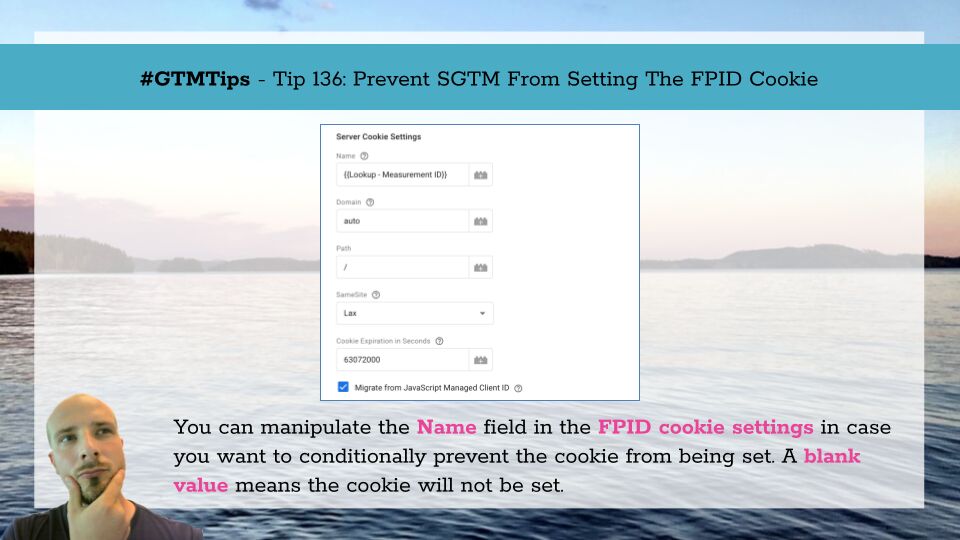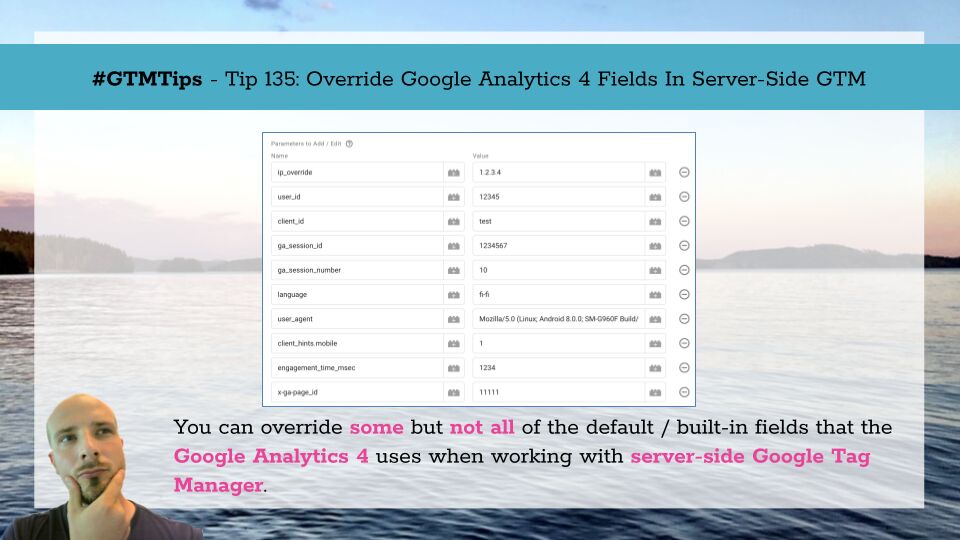In a recent update to server-side tagging in Google Tag Manager, Google switched the default deployment of a server-side tagging backend from Google App Engine to Google Cloud Run.
Now, when you create a new container and choose the automatically provisioned tagging server option, this service will be created in Google Cloud Run instead of in Google App Engine.
While I’ve written about Cloud Run before, this update gives me an opportunity to review what actually happens when you provision a Cloud Run environment, how you can upgrade it, and how you can add enhancements such as multi-region load balancing to it (with ease, I might add!







